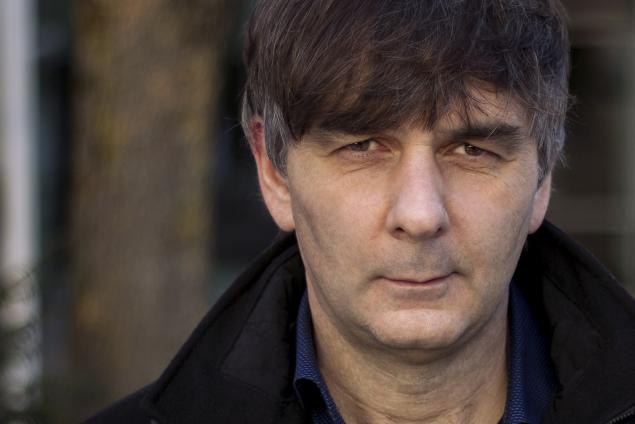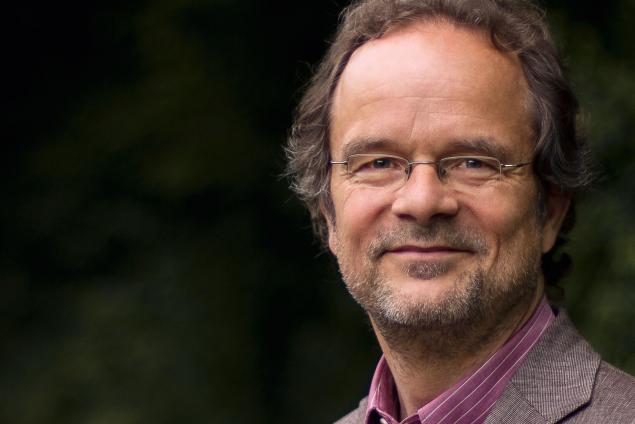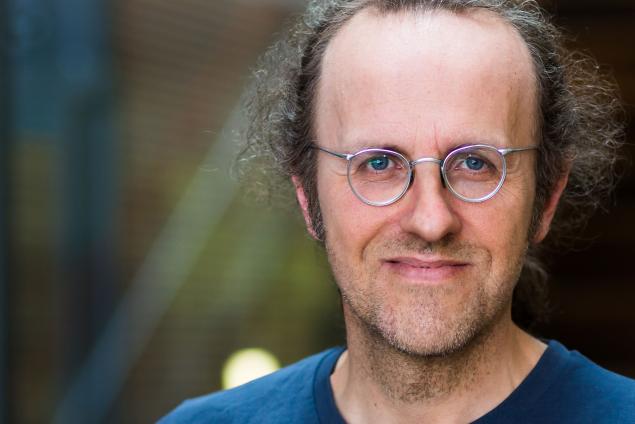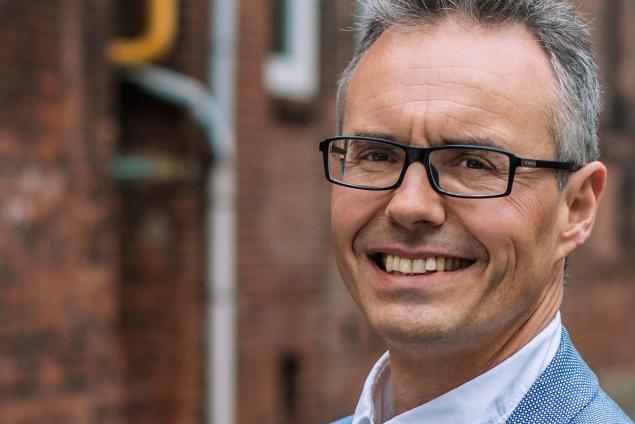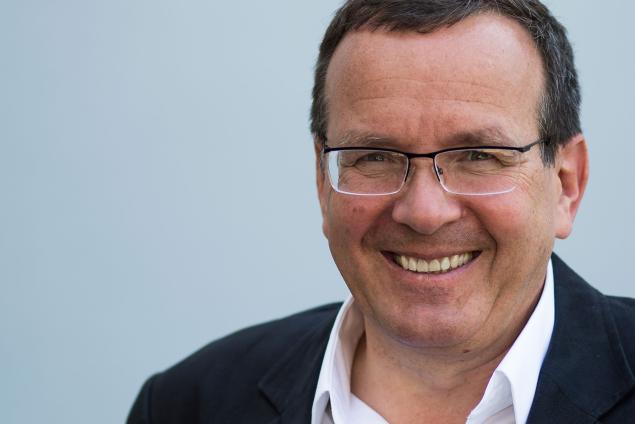Scroll to Section:
Although very light weight, hydrogen atoms have a high probability to be absorbed by a metal surface upon collision. In this video, OLIVER BÜNERMANN explains collision experiments carried out to determine why this is the case. During the experiment, they shot a hydrogen atom beam at a gold surface and at an insulator, measured the speed and direction of the atoms bouncing back from each surface and compared the results. The hydrogen atoms scattered from the gold surface suffered a greater energy loss than the one scattered from the insulator. This difference indicates that translational energy carried in the hydrogen atom is transferred into electronic excitations in the metal leading to the high probability of absorption. The experiment results match the predictions of the theoretical model explained by Alexander Kandratsenka.
DOI:
https://doi.org/10.21036/LTPUB10225
Institution
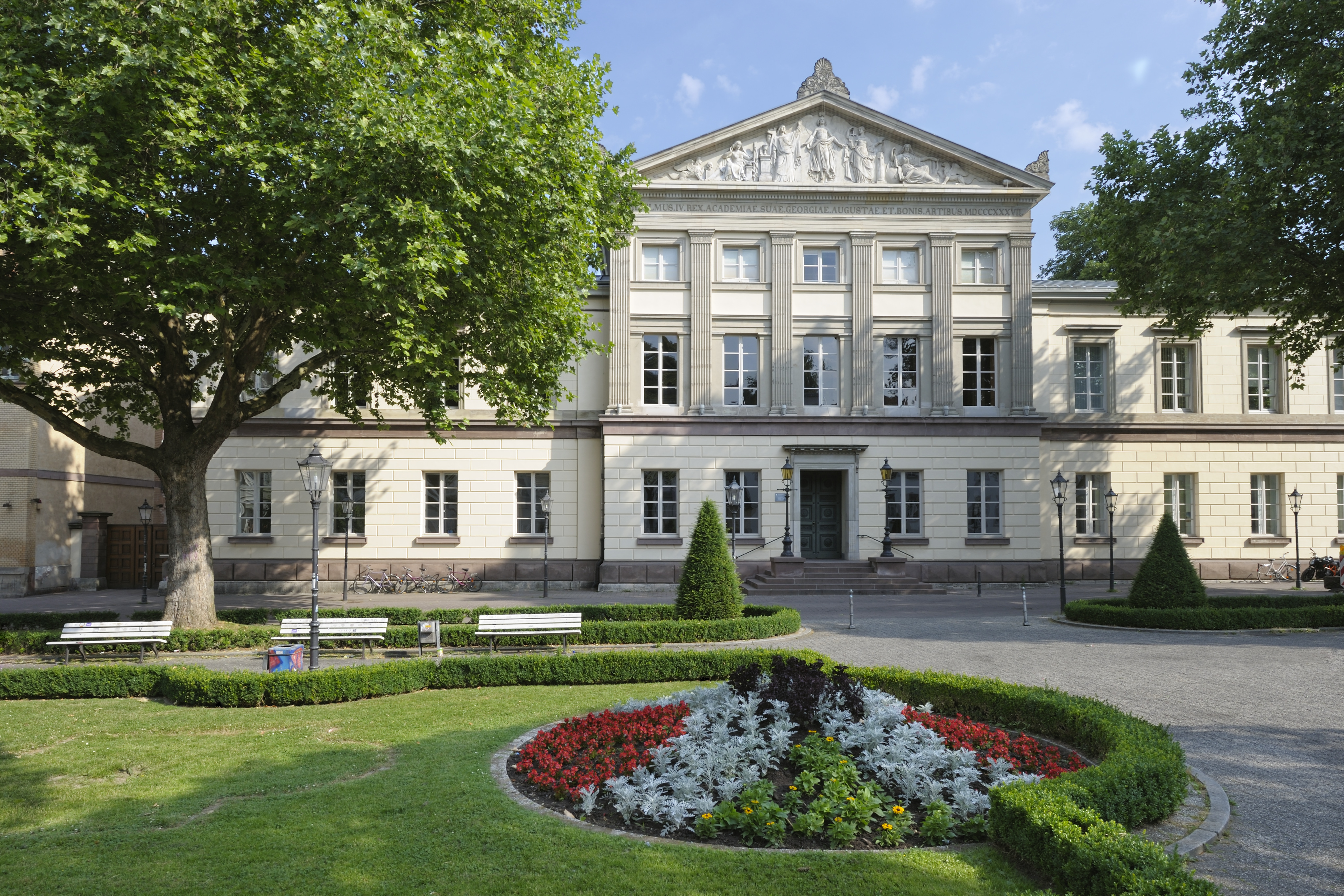
University of Göttingen (Georg-August-Universität Göttingen)
Founded in 1737, Georg-August-Universität Göttingen is a research university of international renown with strong focuses in research-led teaching. The University is distinguished by the rich diversity of its subject spectrum particularly in the humanities, its excellent facilities for the pursuit of scientific research, and the outstanding quality of the areas that define its profile. From 2007 to 2012 Georg-August-Universität Göttingen was rewarded funding from the Initiative of Excellence of the German Federal and State Governments with its institutional strategy for the future entitled “Göttingen.Tradition – Innovation – Autonomy”. The University was able to realise all measures of the concept. Now Göttingen University develops the successfully established measures further to continously advance the University’s positive developments in research and teaching. ( Source )
Show more
Original publication
Electron-Hole Pair Excitation Determines the Mechanism of Hydrogen Atom Adsorption
Science
Published in 2015
Reading recommendations
The Dynamics of Molecular Interactions and Chemical Reactions at Metal Surfaces: Testing the Foundations of Theory
Annual Review of Physical Chemistry
Published in 2015
Vibrational Promotion of Electron Transfer
Science
Published in 2000
An Accurate Full-Dimensional Potential Energy Surface for H-Au(111): Importance of Nonadiabatic Electronic Excitation in Energy Transfer and Adsorption
The Journal of Chemical Physics
Published in 2015
Adiabatic Energy Loss in Hyperthermal H Atom Collisions with Cu and Au: A Basis for Testing the Importance of Nonadiabatic Energy Loss
The Journal of Physical Chemistry Letters
Published in 2013
Electronic Excitations by Chemical Reactions on Metal Surfaces
Surface Science Reports
Published in 2002
Chemically Induced Electronic Excitations at Metal Surfaces
Science
Published in 2001
Beyond
A Ground-breaking Scientific Revolution
An Alarming Challenge for Society
If I Had a Second Life
